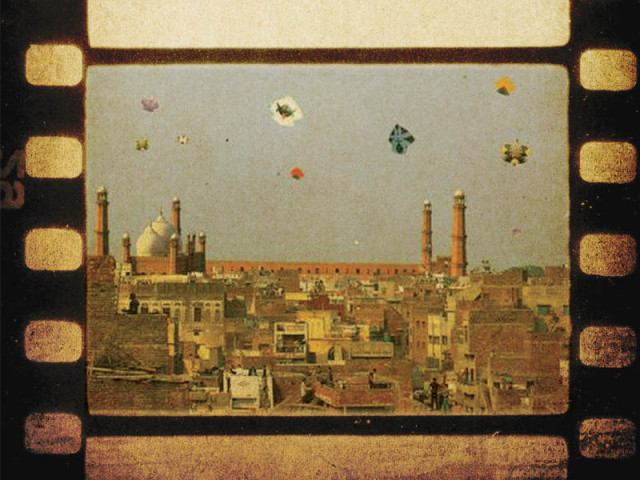- Why are PPP and PML-N currently feuding? Dawn
- PPP, PML-N should resolve issues, move forward: Rana Sanaullah Dawn
- Maryam vows to keep speaking for Punjab The Express Tribune
- President Zardari tasks Naqvi with mediating between PML-N, PPP The…
Afghanistan will look to bounce back in the three-match One-Day International series against Bangladesh, starting on Wednesday at the Zayed Cricket Stadium in Abu Dhabi, after being blanked 0-3 by the Tigers in the T20I leg.
The Afghans have…








